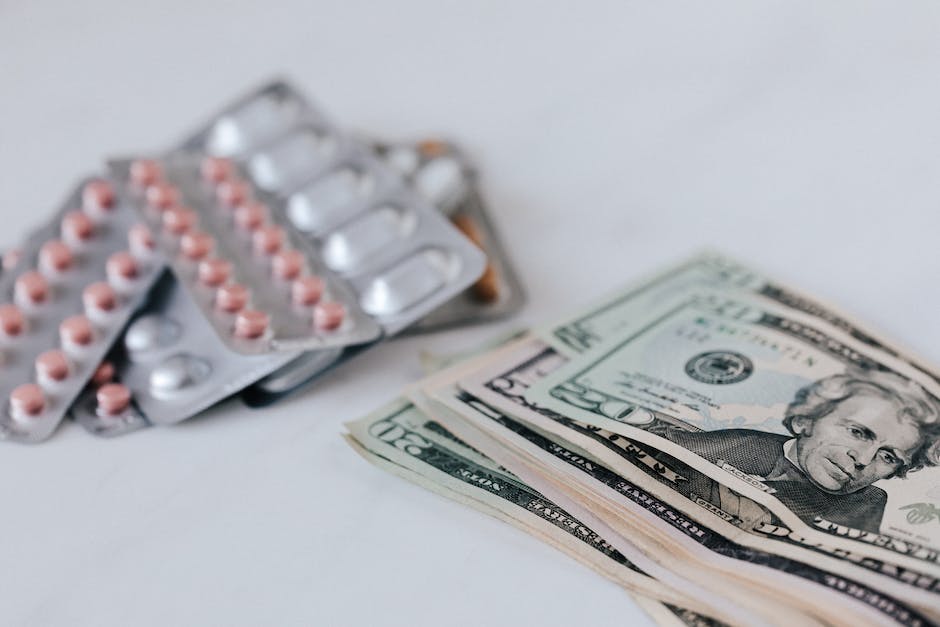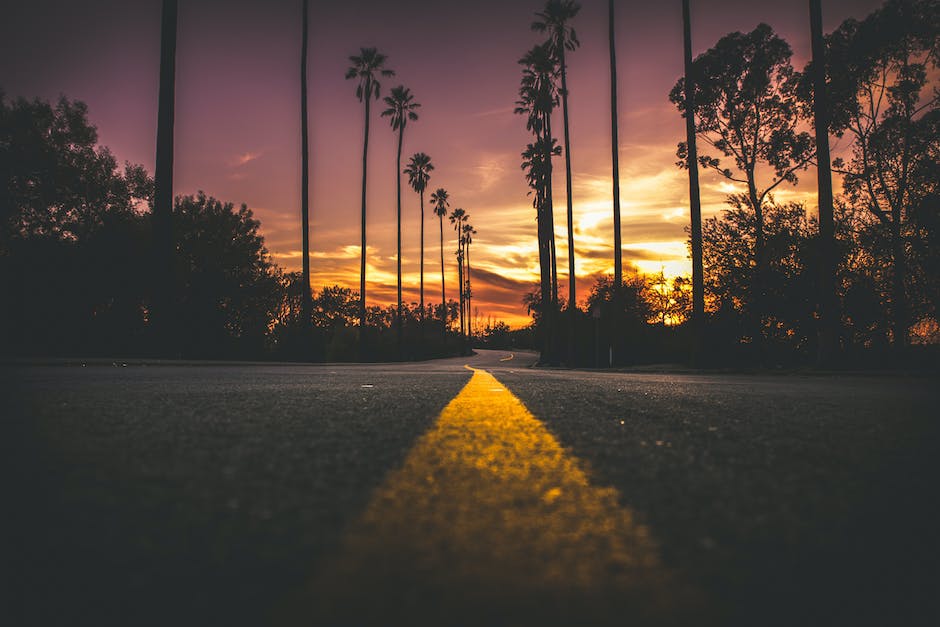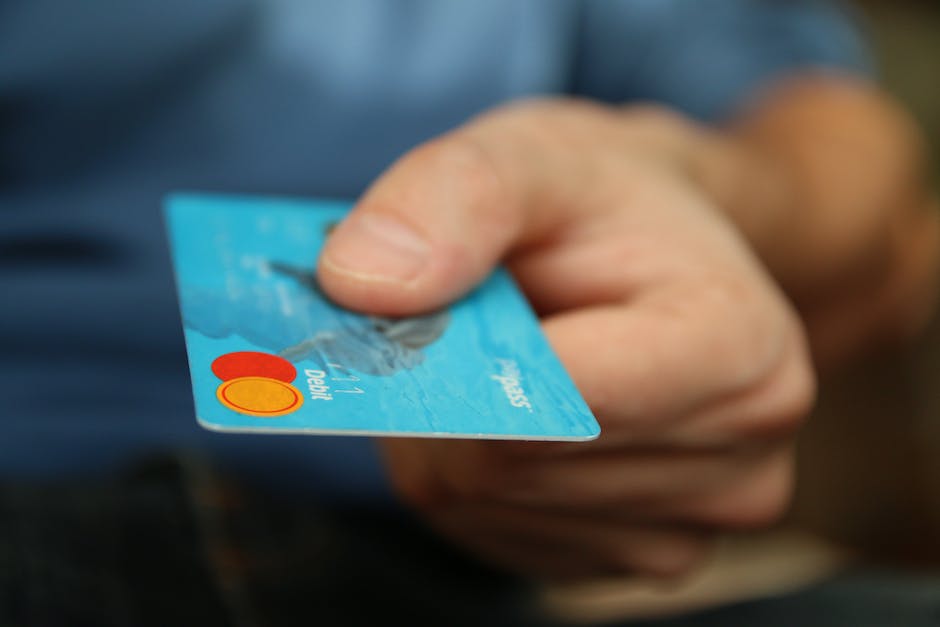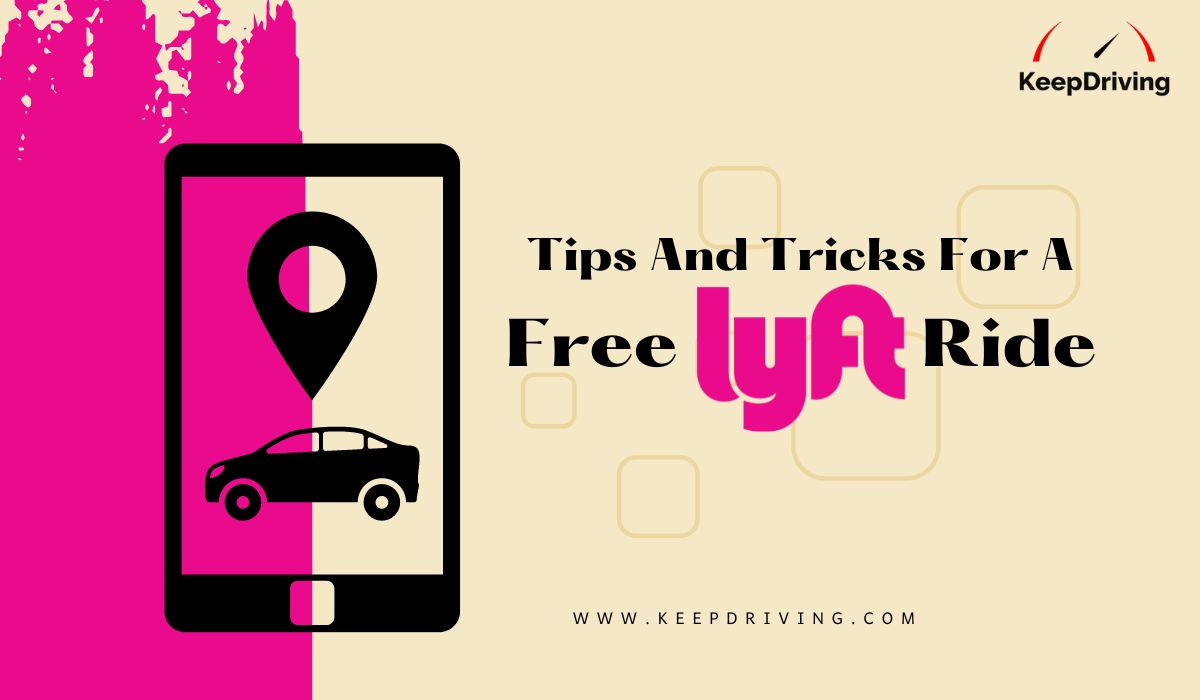We've all been there: late for an appointment, stuck without transport, or just seeking a hassle-free ride back home. This is where Uber rides into the picture. Offering a blend of convenience and reliability, the popular ride-hailing service has revolutionized how we travel.
But one question often lingers: "How much is Uber for this trip?" " It's a query that can make or break a decision, especially when budgets are tight.
However, the pricing structure can be a bit of a puzzle for new and regular users alike! This is because multiple factors can affect the cost of your Uber ride. In this guide, let's break it down together and unravel the mystery behind those fares. Ready to zoom into the details? Let's go!
Cost of an Uber Ride
The cost of an Uber ride is not fixed and varies based on several parameters. At its core, the fare is determined by a combination of factors that start with a base rate—a small fixed amount for booking a ride. From there, charges accrue based on the distance traveled and the time taken for the journey. If you're traveling through a busy city center, for instance, the meter might tick faster due to longer wait times at traffic stops.
Additionally, local regulations and market conditions in different cities or countries can also impact the fare. That's why a short trip in New York might cost differently than a similar ride in Los Angeles or London.
The type of Uber service chosen also plays a significant role in the final price. Opting for a luxury car service like Uber Black will undoubtedly cost more than the standard UberX. And then there's dynamic pricing; during peak demand hours or special events, surge pricing might come into effect, temporarily raising the ride's cost to balance demand with driver availability.
Factors that Impact the Cost of an Uber Ride
The pricing structure by Uber is designed to offer flexibility while ensuring both riders and drivers get value. Let's dive deeper into some of the factors that determine the cost of Uber rides.
Base Rates and Distance Rates
The foundation of any Uber fare consists of two primary elements: the base rate and the distance rate.
-
Base Rate: Think of the base rate as the entry fee for using the Uber service. Regardless of where you are or how far you're going, this initial charge gets the wheels rolling. While the exact amount can differ based on your location, it's usually a modest sum, ranging between $1 to $2.
-
Distance Rate: After the base rate, the distance you travel significantly impacts the overall cost. This rate is typically calculated on a per-mile basis. Depending on where you are, you might find yourself paying anywhere from $0.50 to $1 for every mile you cover during the ride.
However, it's worth noting that if you find yourself in bumper-to-bumper traffic, the fare might shift from a distance-based calculation to a time-based one. This ensures that the fare remains fair even when covering short distances but spending a long time in the car.
To understand how these rates come together, let's use an example. Imagine you decide to take an Uber for a 7-mile journey in Pleasantville.
-
Base Rate in Pleasantville: $1.50
-
Distance Rate in Pleasantville: $0.60 per mile
-
Distance Charge: 7 miles x $0.60/mile = $4.20
-
Total Fare: Base Rate ($1.50) + Distance Charge ($4.20) = $5.70
So, for this 7-mile journey in Pleasantville, you'd be looking at a fare of $5.70. This sum, while simplistic, gives you a foundational idea of how your fare is constructed.
Time of Day, Busy Times & Surge Pricing
The simple question of "How much is Uber?" becomes a bit more intricate when considering the time of day and the overall demand for rides. Just like any service operating on the principles of supply and demand, Uber's prices can fluctuate based on the volume of riders versus the number of drivers available.
However, the demand for Uber rides isn't uniform throughout the day. Some hours see a surge in ride requests, leading to potential price increases. These high-demand periods typically include:
-
Morning rush hour: 7:00 AM - 10:00 AM - This is when commuters are bustling about, heading to their workplaces or dropping kids off at school.
-
Evening rush hour: 4:00 PM - 7:00 PM - As the workday wraps up, everyone is eager to head home or go out for the evening.
-
Late night: 10:00 PM - 3:00 AM - Whether it's the nightlife crowd or those with late shifts, demand often spikes.
-
Weekends: The fun doesn't pause on weekends. From morning errands to evening outings, ride requests flow in all day.
When the demand for rides outstrips the number of drivers on the road, Uber may activate surge pricing. The purpose? To incentivize more drivers to join the fray, ensuring riders aren't left stranded.
How do you know if you're being charged surge pricing? The app will display a multiplier on your fare estimate. For instance, a 2.0x multiplier indicates you'll be paying double the standard rate for that journey.
Additional Fees and Charges
it's important to understand that the final fare might be influenced by a variety of other fees and charges, which can be contingent on the city, your ride preferences, and specific circumstances during the trip.
Here's an exploration of some of the more common additional charges:
-
Booking Fee: A minor charge that comes into play every time you request a ride. It covers administrative costs associated with maintaining the Uber platform.
-
Cancellation Fee: If you change your mind and decide to cancel a ride after a driver has already accepted it, you might be faced with this fee. It compensates the driver for their time and the effort they made to reach you.
-
Safety Assurance Fee: To ensure that every ride is as safe as possible, Uber puts measures in place like driver background checks and comprehensive insurance policies. This small fee supports those initiatives.
-
Tolls and Local Fees: During the journey, if your route involves going through toll booths or incurs any local charges, these will be added to your fare. Uber's system identifies these charges and automatically adds them to your bill.
-
Surge Pricing Surcharge: High demand times can lead to a surge in pricing, meaning your ride could cost more than the usual rates. This surcharge helps balance demand by incentivizing more drivers to become available.
-
Wait Time Fee: Time is money, as they say. If a driver reaches your pickup location and you aren't ready to hop in, after a few minutes, you may start getting charged for making them wait.
-
Cleaning Fee: Accidents happen. If a mishap leads to the car needing cleaning (like a spilled drink), there might be an additional charge. This fee covers the cleaning expense and compensates the driver for the downtime.
-
Pet Fee: Traveling with a furry friend? Some regions might add an additional charge if you have a pet accompanying you, mainly if it's outside of a carrier.
Upfront Pricing vs. Price Estimates
Another prominent decision riders face is understanding the pricing mechanisms – Upfront Pricing and Price Estimates.
What is Upfront Pricing?
Uber introduced upfront pricing as a way to grant riders more clarity. Instead of playing a guessing game with fluctuating fares, this feature displays the precise amount you'll be charged, right before you confirm your ride. It's akin to checking the price tag on an item before purchasing.
Advantages of Upfront Pricing:
-
Clarity & Transparency: Knowing the exact fare beforehand eliminates any post-ride financial surprises.
-
Peace of Mind: Especially beneficial for those traveling to new destinations or sticking to a strict budget, this feature ensures that the displayed price is the maximum amount they'll be billed.
-
Simplified Trip Planning: Seeing the cost up front aids in better budgeting and time management for riders.
What about Price Estimates?
Before the era of upfront pricing, riders were given an estimated fare range. This means the final price could change depending on variables like real-time traffic conditions or any detours taken during the journey.
Factors Influencing Price Estimates:
-
Traffic Flow: Dense traffic or unforeseen roadblocks might increase the ride's duration, affecting the cost.
-
Driver Availability: The number of drivers around your location at the time of your booking can play a role in fare determination.
-
Route Alterations: If there's a change in either the starting point or destination after booking, it could modify the fare.
However, with the dawn of upfront pricing, the uncertainty of estimates has been significantly reduced in cities where the feature is available. Yet, riders should note that upfront prices are subject to change, especially in cases where the journey's details are altered post-booking or during peak demand times when surge pricing kicks in.
How to Calculate the Cost of an Uber Ride?
By following a few simple steps, you can quickly get a clear idea of how much your ride will cost. Let's dive into the specifics of each step:
Step 1: Set Your Pickup Location
Before anything else, the app needs to know where you are. By providing an accurate pickup location, you enable the system to:
-
Identify Nearby Drivers: The closer a driver is, the faster your potential pickup time, and in some cases, this can even influence the cost.
-
Estimate the Route: Your pickup location, combined later with your destination, will allow the app to gauge the shortest and most efficient path for your journey, which plays a role in fare calculation.
Step 2: Select a Vehicle Type
Variety is one of Uber's strong suits. Depending on your needs, budget, and the occasion, you can select from an array of vehicle options:
-
UberX: Ideal for everyday rides, this economical option typically seats up to 4 passengers.
-
Uber Black: For those moments when you want to arrive in style or enjoy a more luxurious ride.
-
Uber SUV: Perfect for larger groups or when you have extra luggage, ensuring a comfortable journey for all involved.
-
Other options: Depending on your region, you might also come across vehicle choices like Uber Pool, Uber Comfort, or even Uber Green for eco-friendly rides.
Step 3: View the Upfront Price or Estimate Ride Fare
With the previous steps sorted, it's time for the moment of truth:
-
Upfront Pricing: As previously discussed, in cities where this feature is available, you'll be shown the exact fare. This price factors in elements like the chosen vehicle type, estimated distance, expected duration, and current demand.
-
Estimated Fare Range: If upfront pricing isn't provided, you'll see a price range. This estimate is based on typical conditions, but the final price might fluctuate depending on real-time factors like traffic.
Examples of Uber Prices in Different Cities
When planning your Uber rides around the world, you'll quickly discover that prices aren't consistent everywhere. Factors like living costs, local regulations, demand and supply of drivers, and even cultural nuances can influence fare prices. Cities with heavy traffic, high demand, or higher living costs may have pricier fares than others.
To give you a rough idea, here's how some global cities stack up:
-
New York City, USA: A typical 5-mile UberX ride might set you back between $12 and $16 USD. The bustling nature of the city, combined with its dense population, can impact rates.
-
London, UK: Crossing the Atlantic, a 5-mile UberX journey in the British capital ranges from £10 to £14 GBP.
-
Paris, France: Cruising through the City of Lights, expect to pay around €10 to €14 EUR for a 5-mile UberX trip.
-
Tokyo, Japan: In the sprawling metropolis of Tokyo, a 5-kilometer UberX ride may cost between ¥1,500 and ¥2,000 JPY.
-
Sydney, Australia: Down Under in Sydney, anticipate spending $15 to $20 AUD for a 5-kilometer stretch in an UberX.
-
São Paulo, Brazil: Navigate the vast cityscapes of São Paulo, and a 5-kilometer UberX ride might cost R$20 to R$30 BRL.
-
New Delhi, India: In India's vibrant capital, New Delhi, the fare for a 5-kilometer UberX ride typically falls between ₹200 and ₹300 INR.
-
Lagos, Nigeria: Over in Africa's most populous city, Lagos, a 5-kilometer journey in an UberX will range from ₦1,000 to ₦1,500 NGN.
Remember, these figures serve as a general guideline. Real-time prices can fluctuate based on real-world factors: rush hours, special events, or driver availability, to name a few. It's always recommended to use the Uber app's price estimator to get a precise figure for your intended journey. This ensures there are no financial surprises once you embark on your ride.
Unraveling the Uber Pricing Mystery
To conclude, determining "how much is Uber?" is not always straightforward due to the dynamic nature of its pricing model. Factors like base rates, distance, time, surge pricing, and additional fees all play a role. By understanding these factors and utilizing the Uber app's pricing tools, riders can get a clearer picture of their potential fare.
Uber has changed the way we travel, offering convenience and safety. However, if you ever have concerns, knowing how to report an Uber driver is crucial. Learn the steps to ensure your feedback is heard and addressed!







